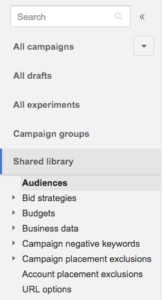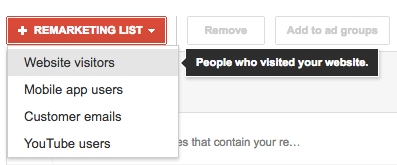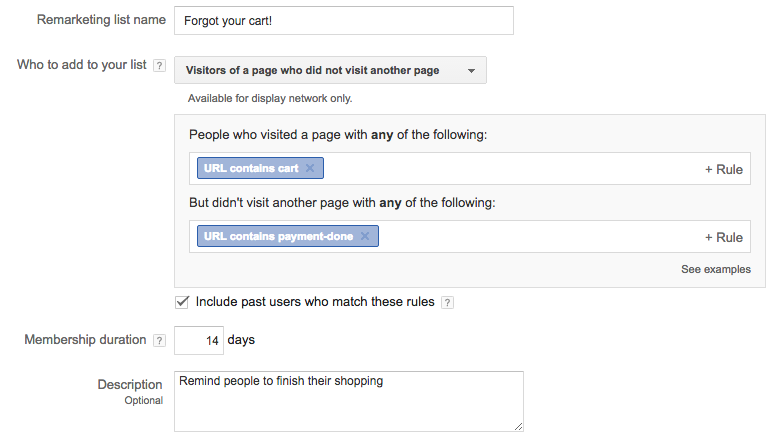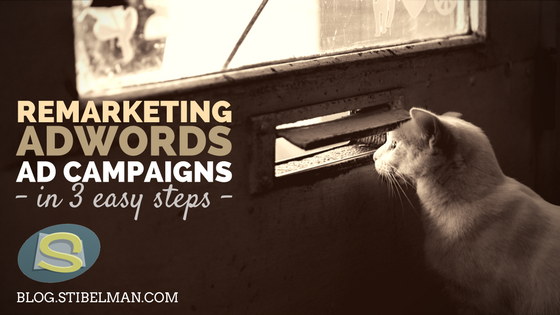AdWords Remarketing made easy? Not a problem!
Follow these 3 easy steps to aim your AdWords ads at your website past visitors!
Oh Shay, you and your 3 easy steps…
Hey, that’s what we’re here for – making our lives just a little bit easier with technology.
So let’s get started:
Step 1: Installing the AdWords Remarketing tag
In order to have access to AdWords Remarketing and start collecting website visitors in your lists, you need to install their remarketing tag on your website, so here’s a video by Google to do that.
Remember that you can use the Google Tag Manager. In this case you only need the remarketing ID, not the whole code.
Do that as soon as possible, even if you’re not interested in remarketing yet, since this will start collecting people’s data (remember to adjust your website’s privacy policy accordingly).
Step 2: Create the Remarketing list
 On the left-hand side of your AdWords interface you will find a menu with a search bar at the top. The fifth item in the menu should be Shared Library. Click on it and choose Audiences from the menu that just popped out from under it.
On the left-hand side of your AdWords interface you will find a menu with a search bar at the top. The fifth item in the menu should be Shared Library. Click on it and choose Audiences from the menu that just popped out from under it.
This will open the Audiences window, asking you to install the AdWords Remarketing tag if you haven’t yet.
After you did that, you will see a big red button that says “+Remarketing list“, and an empty list under it. Click on the red button to start creating your AdWords Remarketing list.

Choose how you want to populate your list. In this tutorial I will use Website Visitors as an example.

Fill out your form according to who should end up in that list. In the screenshot you can see me begging people to get back onto an eCommerce website after they abandoned their shopping cart and went back to waste time on Facebook or something.
To do that I specified that a visitor had to have been on the cart page so that he’d end up in the list.
I have also added that the visitor had not been in the payment-done page, which is the conclusion of the transaction page. Meaning that the user has in fact abandoned the cart, and not finalized the acquisition.
Netiquette requires an advertiser to not be spammy, otherwise he’ll end up being ignored, blocked or else. So I will not show these users my “come back to finish your business” ad for more than 14 days.
